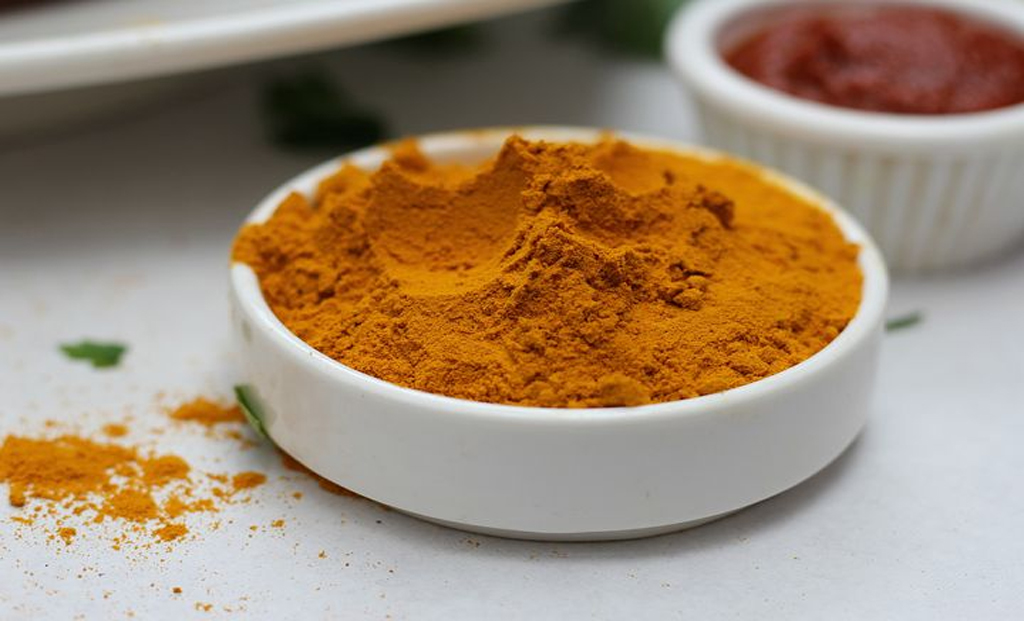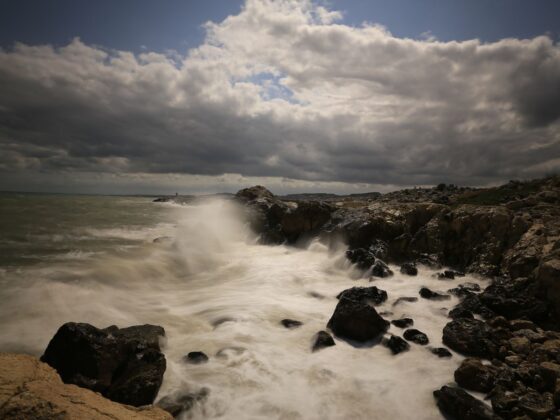Heat Rash: Causes, Symptoms, Prevention, and Home Remedies
Heat rash, also known as prickly heat or miliaria, is a common skin condition that occurs when sweat ducts become blocked, leading to inflammation and the appearance of tiny, itchy red bumps on the skin. It often develops in hot and humid weather conditions or when excessive sweating occurs. In this article, we will discuss the causes, symptoms, prevention, and home remedies for heat rash.
Heat rash is a skin condition that occurs when sweat glands become clogged, preventing sweat from evaporating properly. As a result, the sweat is trapped beneath the skin, causing irritation and inflammation. Heat rash commonly affects areas of the body where sweat is trapped, such as the neck, armpits, groin, and back.
Causes and Symptoms of Heat Rash
Heat rash is primarily caused by excessive sweating and blocked sweat ducts. It can be triggered by various factors, including hot and humid weather, tight clothing, physical activity, and the use of heavy creams or ointments that block the sweat ducts.
The main symptom of heat rash is the appearance of small, red bumps on the skin, accompanied by itching and a prickling sensation. The rash may be more intense in areas where sweat is trapped, and it can range from mild to severe.
Types and Prevention of Heat Rash
There are different types of heat rash, including miliaria crystallina, miliaria rubra, and miliaria profunda. Miliaria crystallina is the mildest form and appears as clear, fluid-filled blisters. Miliaria rubra is more common and causes red, itchy bumps. Miliaria profunda is a rare form that affects the deeper layers of the skin.
To prevent heat rash, it is important to keep the skin cool and dry. Avoiding excessive heat and humidity, wearing loose-fitting and breathable clothing, and using talcum powder or cornstarch to absorb moisture can help prevent heat rash.
Treatment and Home Remedies for Heat Rash
In most cases, heat rash resolves on its own without any specific treatment. However, if the rash persists or becomes more severe, applying calamine lotion or hydrocortisone cream can help reduce itching and inflammation. It is important to avoid using oil-based creams or ointments as they can further clog the sweat ducts.
There are several home remedies that can provide relief from heat rash. Applying a cold compress or taking a cool shower can help soothe the skin. Additionally, keeping the affected area clean and dry, using aloe vera gel or chamomile lotion, and avoiding scratching the rash can promote healing.
To cool the body and alleviate heat rash, it is essential to stay hydrated by drinking plenty of water. Taking frequent breaks in a cool and shaded area, using fans or air conditioning, and avoiding strenuous physical activity during peak heat hours can help prevent excessive sweating and heat rash.
While heat rash usually resolves on its own, there are instances when medical attention may be necessary. If the rash persists for more than a few days, becomes increasingly painful, or shows signs of infection such as pus or swelling, it is recommended to consult a healthcare professional.
Heat rash is a common skin condition that can be uncomfortable but is usually harmless. By understanding its causes, symptoms, prevention measures, and home remedies, you can effectively manage and alleviate the symptoms of heat rash. Remember to keep the affected area clean, cool, and dry, and seek medical advice if the condition worsens or persists. Stay cool and take care of your skin to enjoy the summer months without the discomfort of heat rash.











